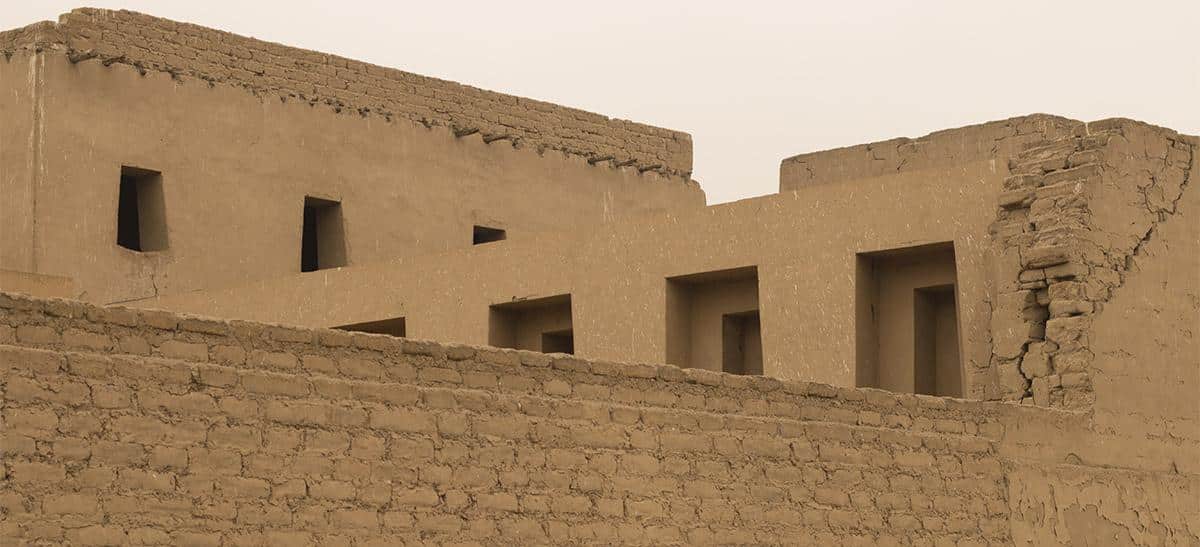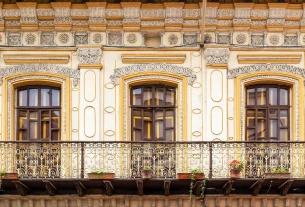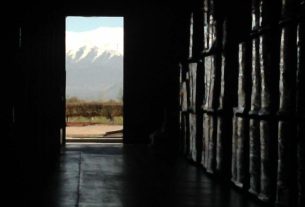On a random day in 2012, Lima woke up to chaotic traffic, eight million residents and 80 newly discovered mummies. Excavated by a group of Belgian archaeologists from the Sanctuary of Pachacamac, which is 40 kilometers from the center of the Peruvian capital, the mummies had been buried for around a thousand years – and many of them were children.
This was not the first discovery of its kind in Pachacamac, a place that has been inhabited by several people, and it certainly will not be the last. Archaeologists believe that the first buildings in the region were erected two centuries before Christ walked through Jerusalem. The people who controlled the area followed one another: Lima, Wari, Yshma and, at the end of the 15th century, the Incas.
See too: Peru, far beyond Machu Picchu
Where to stay in Lima: hotel and neighborhood tips
Are you going to travel? Travel Insurance is mandatory in dozens of countries and essential for any trip. Don’t be left unprotected in Peru. See how to get the best cost/benefit insurance with our discount code.
Throughout this time, the function of the region was religious. Pacha Kamaq was a god in local mythology, considered the creator of the first men. As happens in several religions – including Christianity – it became common for humans to wish to be buried close to their god. There is evidence that human sacrifices were also made there.
Little by little, Pachacamac, in addition to being a religious center, also became a large cemetery. You don’t need to be an archaeologist to find human remains there. The wind does the work and daily unearths bones that have slept for centuries. “A team is responsible for collecting these remains every day, but there is a lot of stuff,” explained the guide who accompanied us on the tour, while pointing to what appeared to be a human bone.
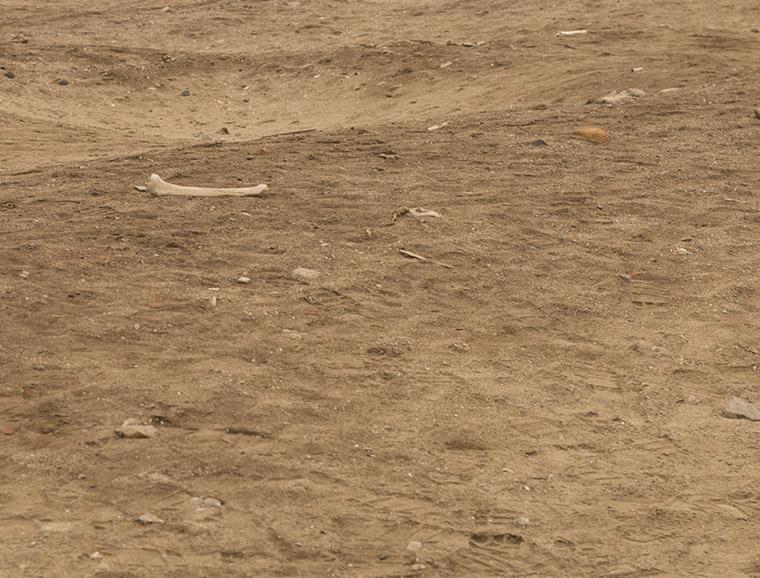
Pachacamac was an important center of religious pilgrimage and functioned as a kind of oracle when the Incas annexed the territory at the end of the 15th century. They decided to respect the local religion and Pacha Kamaq was incorporated into the empire’s pantheon, although with less power than the Inca creator god, Viracocha. The Incas also built their own pyramids and added history to a sanctuary that was already almost 1500 years old.
When the Spanish arrived, Pachacamac did not escape the invasion. In the Battle of Cajamarca, the Spanish captured Atahualpa, an Inca emperor who had accepted an invitation to talk and attended the meeting with only a ceremonial guard. Around six thousand Inca soldiers were killed in the following events and Atahualpa offered a large amount of gold and precious items to the Spanish in an attempt to pay his own ransom.
Francisco Pizarro, the Spanish conqueror, was tempted by the offer and sent his brother and 14 other men to Pachacamac to collect the valuable items. Hernando Pizarro entered Pachacamac, but, according to some versions of the story, much of the sanctuary’s riches – especially the Temple of the Sun – had already been removed from there.
Years later, the Spanish tore down parts of Pachacamac and transformed the place into a type of quarry from which they took material to build their churches and buildings. As the centuries passed, the The boy, and the population explosion that occurred in Lima in the second half of the 20th century helped to further deteriorate the ancient pre-Columbian sanctuary.
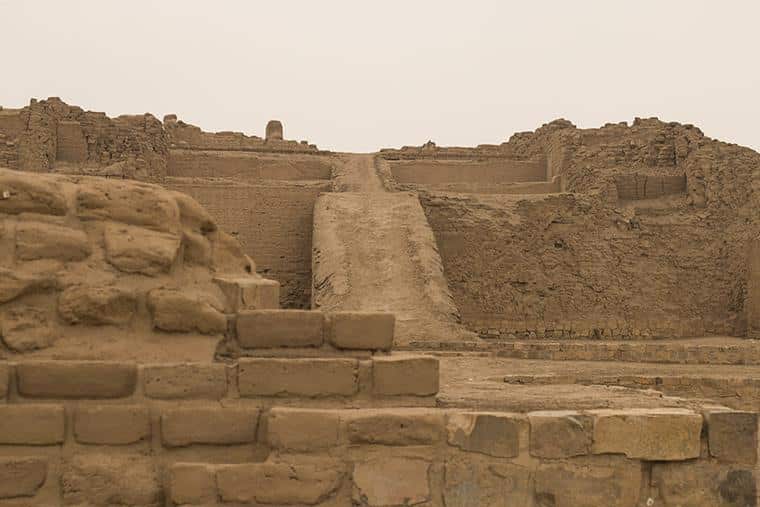
What is the visit to the Pachacamac Sanctuary like?
Don’t expect beautiful ruins in the Machu Picchu style. On the contrary, there you will see dust, a lot of earth and 16 topless pyramids, built at different times, between 900 and 1533 AD. Each building had a function, which could be administrative, religious or residential, for authorities of the time who lived in palaces for there.
Each pyramid was made with a series of platforms, accessible by a central ramp. Streets connect the entire complex and are now frequented by tourists and, on weekdays, excursions with students from Lima. The area is huge. In addition to covering a good distance on foot, the van that took us helped to reduce the distance between the ruins.
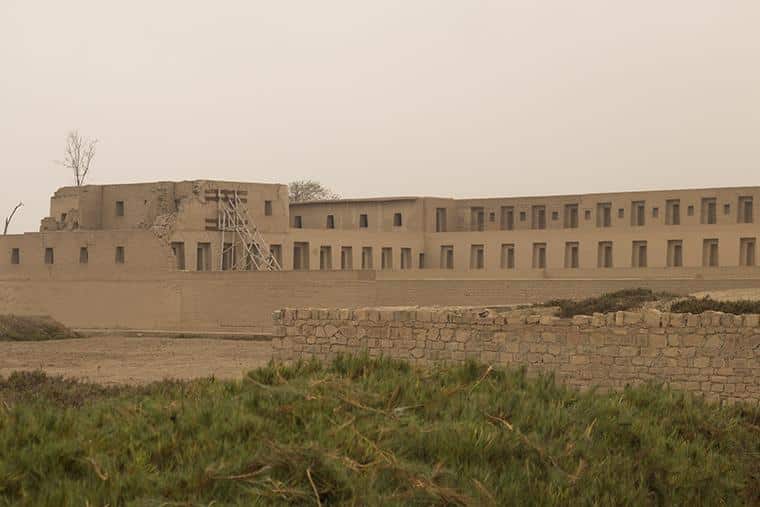
Built after Inca rule in Pachacamac, the Temple of the Sun is on the top of a hill and faces the sea. Offerings (and some human sacrifices) were deposited there. It was also there that the riches promised by Atahualpa to the Spanish conqueror were located.
At the beginning of 2016, the Pachacamac Site Museum was opened, where around 300 pieces are displayed that tell a little about the pre-Columbian history of the region. It’s worth visiting, even to understand the history of Pachacamac and make the most of the visit.
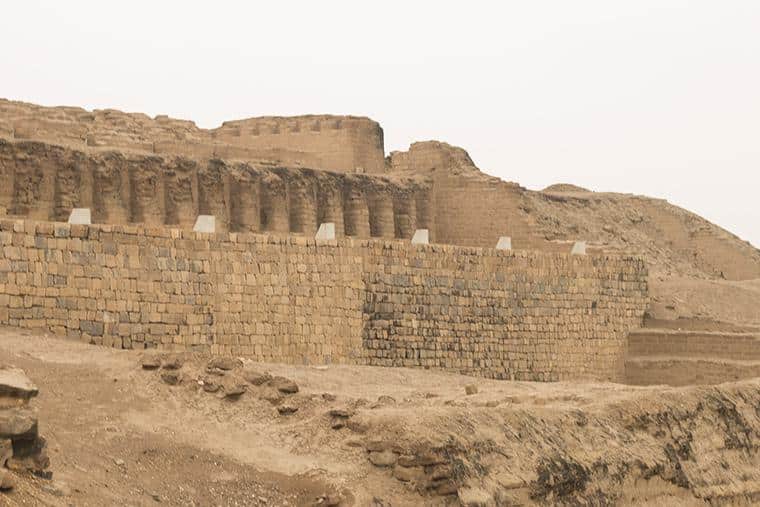
You can get to the Pachacamac Sanctuary in two ways: renting a car – and facing Lima’s chaotic traffic – or hiring the services of a local agency. I think the second option is a better choice. The tour lasts half a day and costs around 30 dollars (this price includes admission to the sanctuary). The Sanctuary is open from Tuesday to Sunday, generally from 10am to 5pm. On Sundays the place closes at 4pm. Entrance to Pachacamac, if you go on your own, costs 10 soles. I traveled at the invitation of Submarino Viagens, who organized this tour together with Condor Travel.
*360meridianos traveled to Peru at the invitation of Submarino Viagens and PromPerú.
Sign up for our newsletter

Sign up for our newsletter and stay up to date with exclusive news
that can transform your routine!
Warning: Undefined array key "title" in /home/storelat/public_html/wp-content/plugins/link-whisper-premium/templates/frontend/related-posts.php on line 12
Warning: Undefined array key "title_tag" in /home/storelat/public_html/wp-content/plugins/link-whisper-premium/templates/frontend/related-posts.php on line 13

